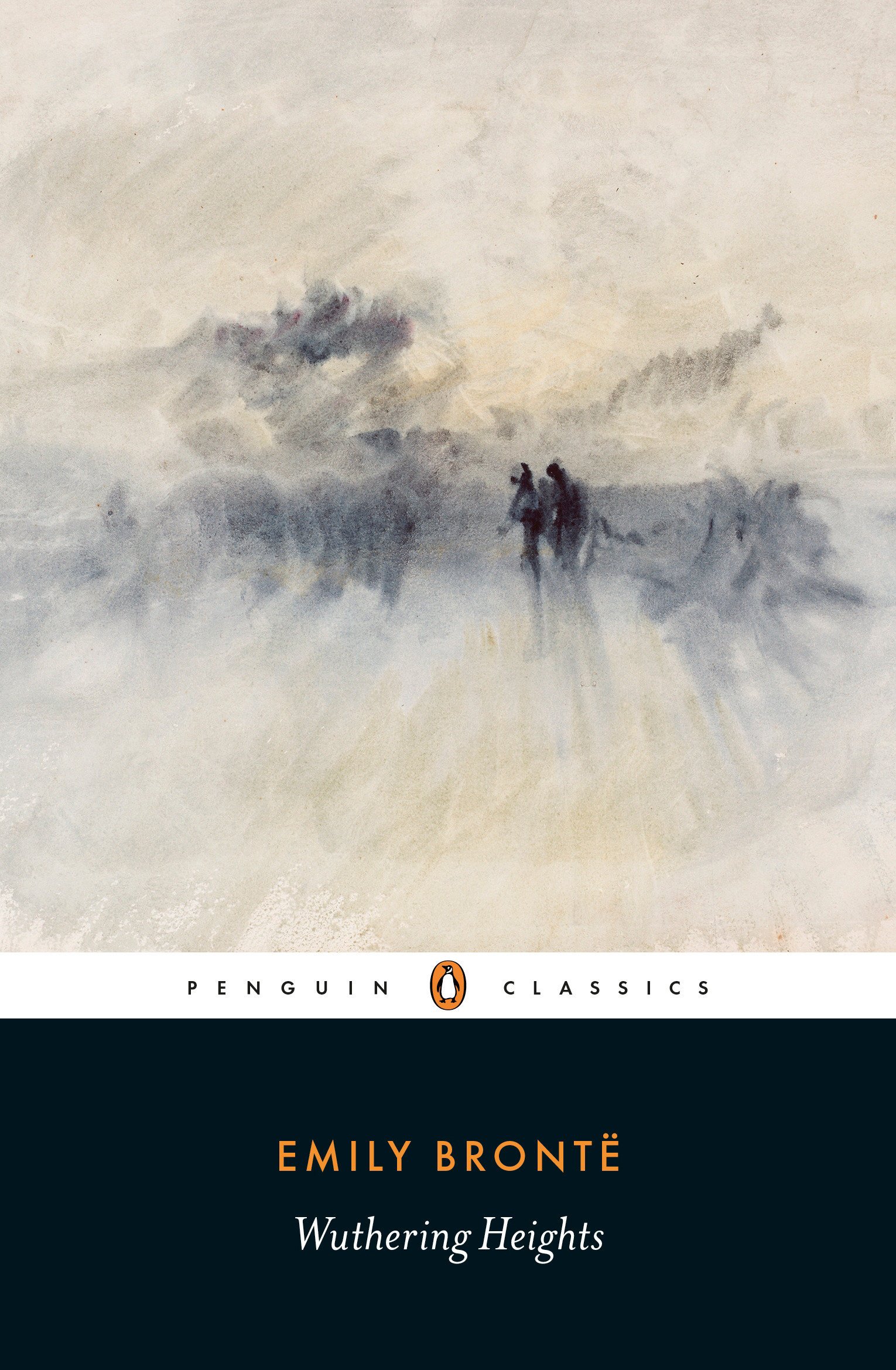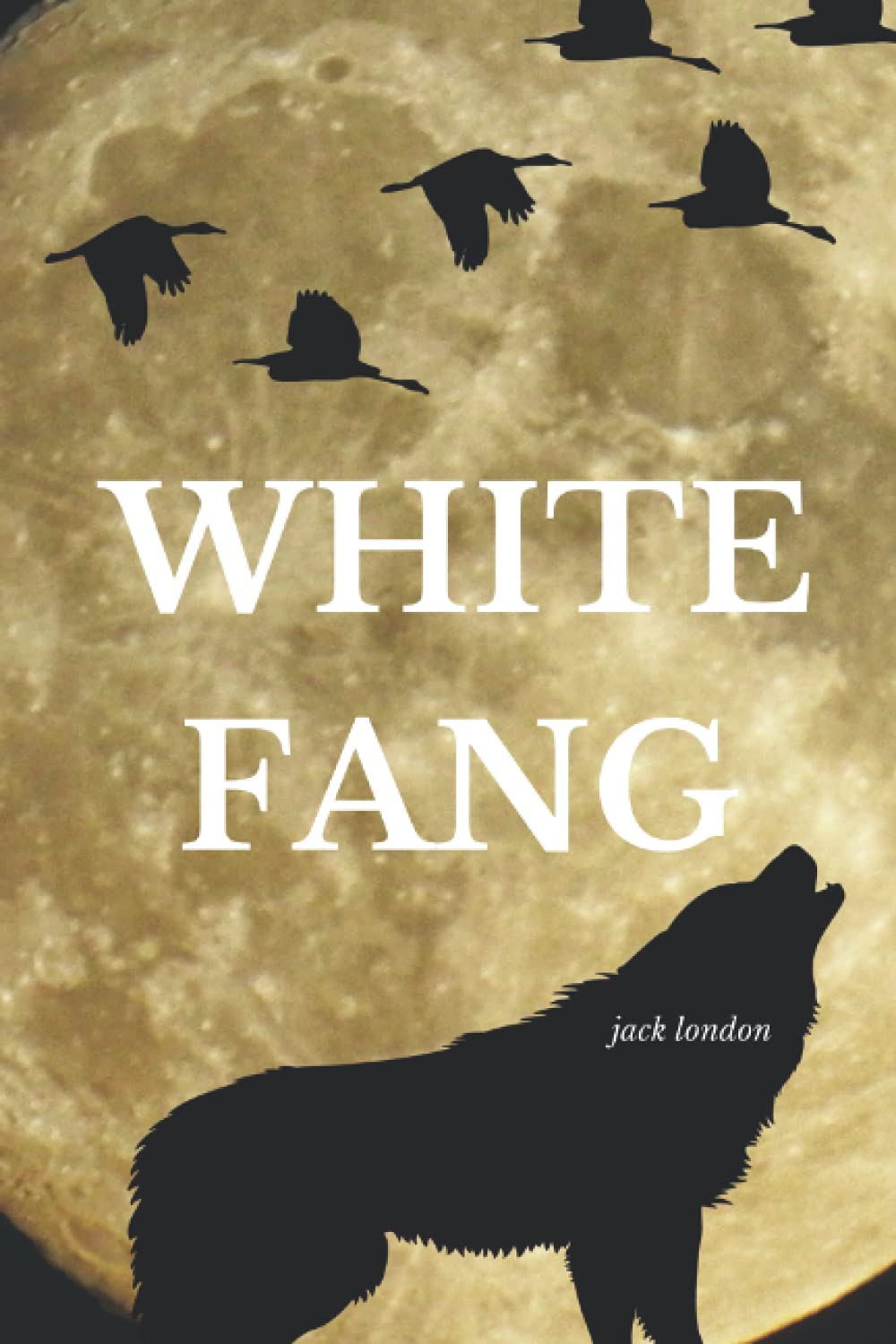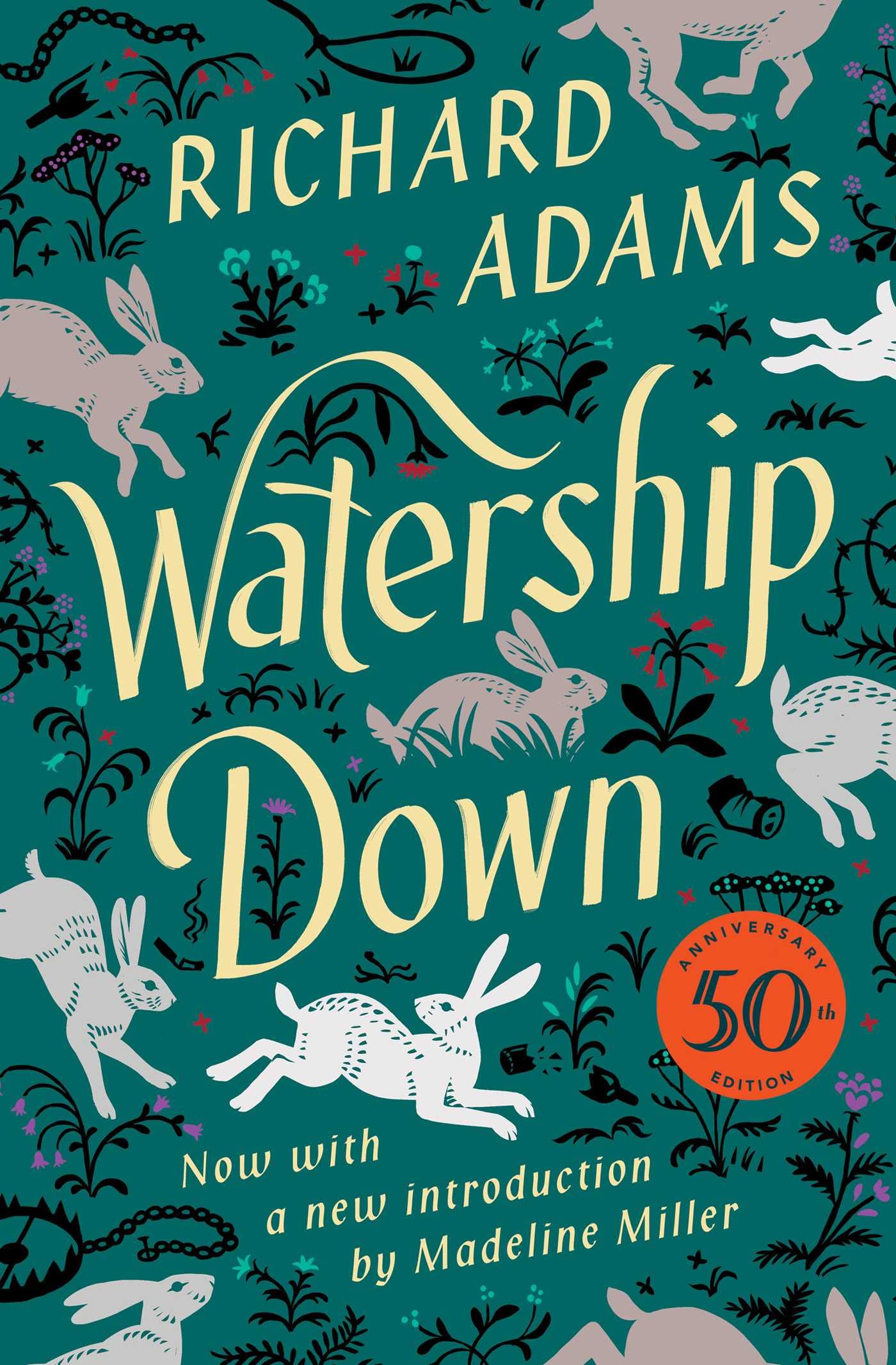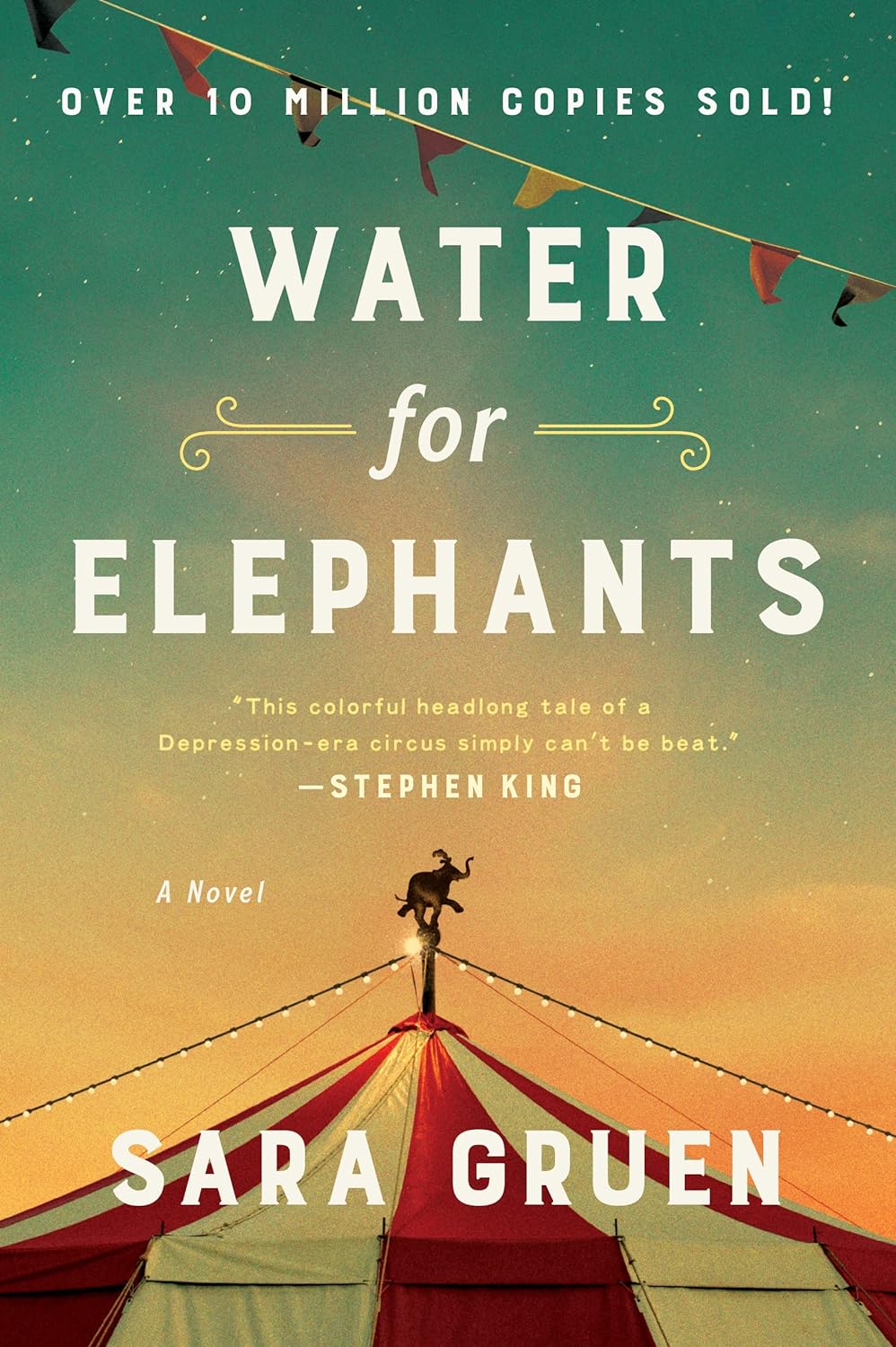Peter Pan by J.M. Barrie
Peter Pan by J.M. Barrie for Beginners
Let's Chat
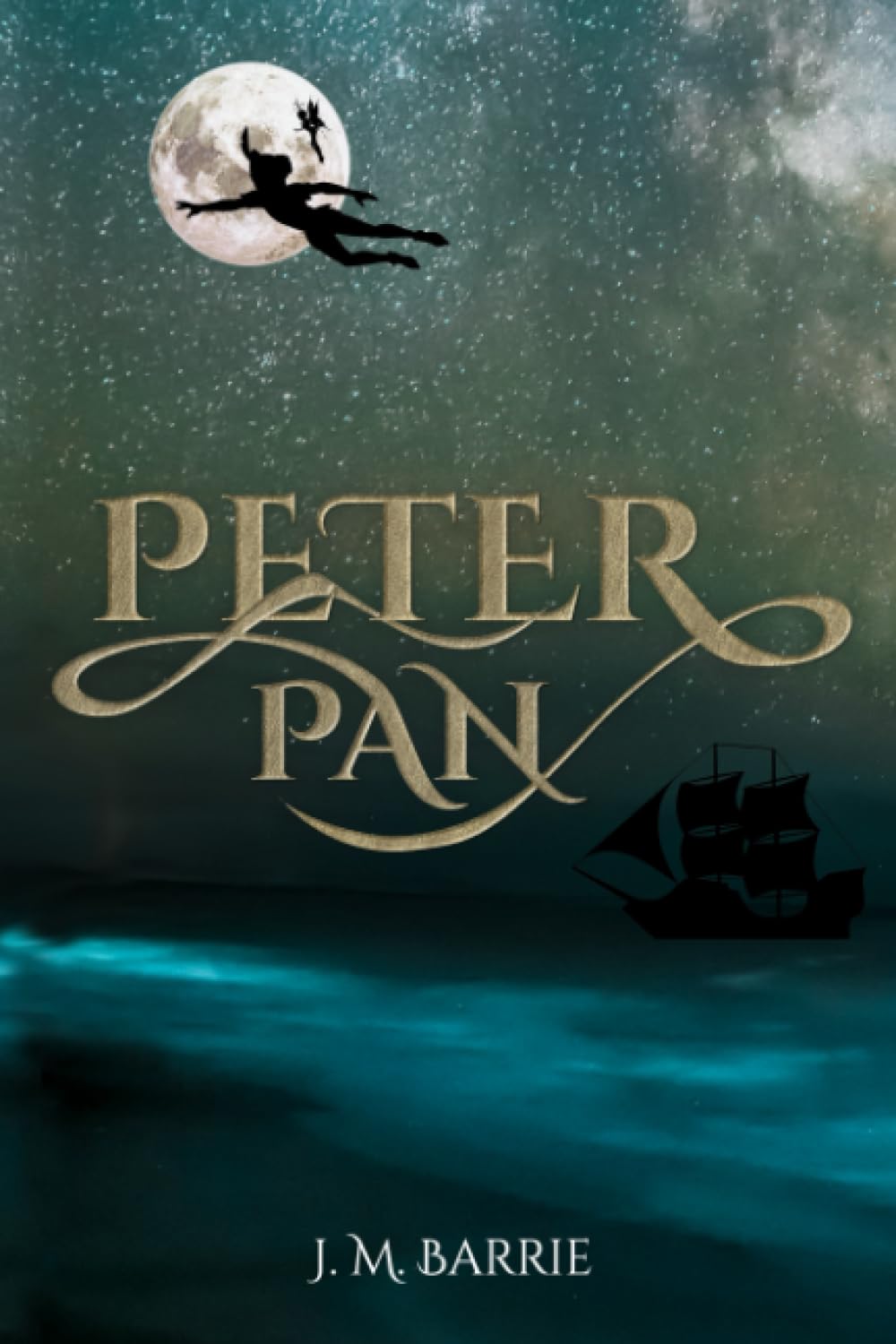
About This Book
Introduction
Peter Pan is a magical and exciting book written by J.M. Barrie. It tells the story of a boy who never grows up and his adventures in a place called Neverland. This book is full of imagination, fun, and friendship!
Review
Peter Pan is a fantastic book that will take you on a thrilling journey to a world where kids can fly and pirates roam the seas. The main character, Peter Pan, is a boy who can fly and never grows up. He lives in Neverland, a magical island where he has lots of exciting adventures with his fairy friend, Tinker Bell.
In Neverland, Peter Pan battles against the mean Captain Hook, a pirate who wants to capture him. Along the way, Peter meets a group of kids called the Lost Boys, who also never grow up. Together, they have amazing adventures, including fighting pirates, swimming with mermaids, and even meeting a crocodile!
One of the best things about this book is the friendship between Peter Pan and Wendy Darling, a girl who joins him in Neverland. They have lots of fun together and go on many exciting escapades. Peter Pan teaches Wendy and her brothers, John and Michael, how to fly and they all have thrilling adventures together.
Analysis
Peter Pan is a story about the power of imagination and the importance of friendship. It shows us that we should never stop dreaming and believing in magic. The book also teaches us about bravery and standing up against bullies, like Captain Hook.
The author, J.M. Barrie, created a magical world that has captured the hearts of readers for many years. His writing is full of adventure and wonder, making it a joy to read. Barrie’s characters are memorable and lovable, and they will stay with you long after you finish the book.
About the Author
J.M. Barrie was a Scottish author who lived from 1860 to 1937. He wrote many plays and books, but Peter Pan is his most famous work. Barrie was inspired to write this story after meeting a group of boys in a park and imagining their adventures. His imagination and creativity brought us the wonderful world of Peter Pan that we all love today.
Peter Pan by J.M. Barrie for Advanced Learners
Let's Chat

About This Book
Introduction
“Peter Pan” is a timeless classic written by Scottish novelist and playwright J.M. Barrie. First published in 1911, the novel is a magical tale of a boy who never grows up, his fairy sidekick Tinker Bell, and their adventures in the mystical island of Neverland. The story has been a staple of children’s literature for over a century, capturing the imagination of readers with its themes of adventure, youth, and the struggle between innocence and maturity.
Review
“Peter Pan” is a captivating and enchanting tale that transcends the boundaries of age. The story begins in the Darling household in London, where Peter Pan visits the nursery of Wendy, John, and Michael Darling, enticing them with tales of his adventures in Neverland. The children are whisked away to this magical land, where they encounter pirates, mermaids, and the Lost Boys – a group of boys who, like Peter, refuse to grow up.
The narrative is filled with whimsical charm and a sense of wonder, making it a delightful read. The characters are well-developed, each with their unique traits. Peter Pan, with his eternal youth and adventurous spirit, embodies the innocence and fearlessness of childhood. Wendy, on the other hand, represents the transition from childhood to adulthood, as she takes on a motherly role for the Lost Boys.
The story is not just about adventure and magic; it also explores deeper themes like the fleeting nature of childhood, the fear of growing up, and the conflict between freedom and responsibility. These themes add depth to the narrative, making it a thought-provoking read for older readers.
Analysis
“Peter Pan” is a complex work that can be analyzed from various perspectives. One of the most prominent themes is the dichotomy of childhood and adulthood. Peter Pan, the boy who refuses to grow up, symbolizes the innocence, freedom, and carefree nature of childhood. However, his eternal youth also comes with a sense of loneliness and isolation, as he is stuck in a perpetual state of immaturity.
Wendy Darling, in contrast, embraces the inevitability of growing up. She takes on a motherly role in Neverland, caring for the Lost Boys and even Peter himself. Her character represents the transition from childhood to adulthood, highlighting the responsibilities and changes that come with maturity.
The story also explores the concept of time. In Neverland, time is fluid and inconsistent, reflecting the perception of time in childhood. However, the ticking crocodile, which swallowed a clock, serves as a constant reminder of the relentless march of time and the inevitability of growing up.
About the Author
J.M. Barrie was a Scottish novelist and playwright, best known for creating the character Peter Pan. Born on May 9, 1860, in Kirriemuir, Scotland, Barrie was the ninth of ten children. His love for storytelling began at a young age, inspired by his mother’s tales of her childhood.
Barrie moved to London in the 1880s, where he wrote a series of successful novels and plays. However, it was the creation of Peter Pan that brought him international fame. The character first appeared in a section of an adult novel, “The Little White Bird,” in 1902. He later expanded the character’s story into a play, “Peter Pan, or The Boy Who Wouldn’t Grow Up,” which premiered in 1904. The play was a huge success, and Barrie later adapted it into the novel “Peter and Wendy,” which is now commonly known as “Peter Pan.”
Despite the success of Peter Pan, Barrie’s personal life was marked by tragedy and disappointment. He died on June 19, 1937, leaving the rights to Peter Pan to the Great Ormond Street Hospital for Children in London.

